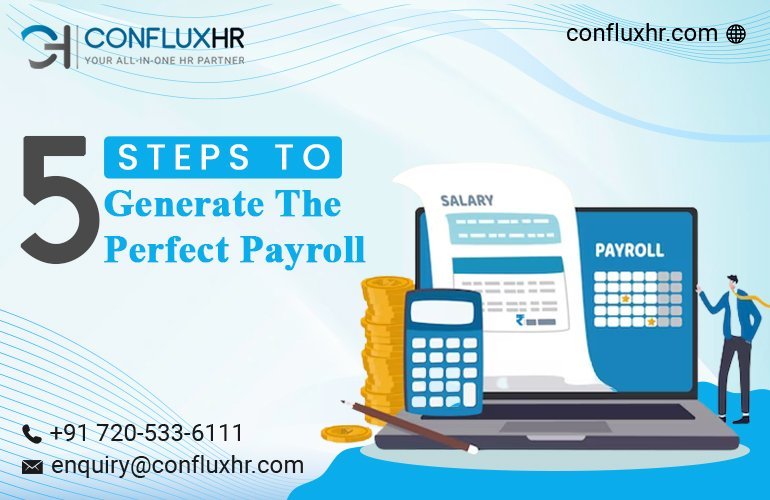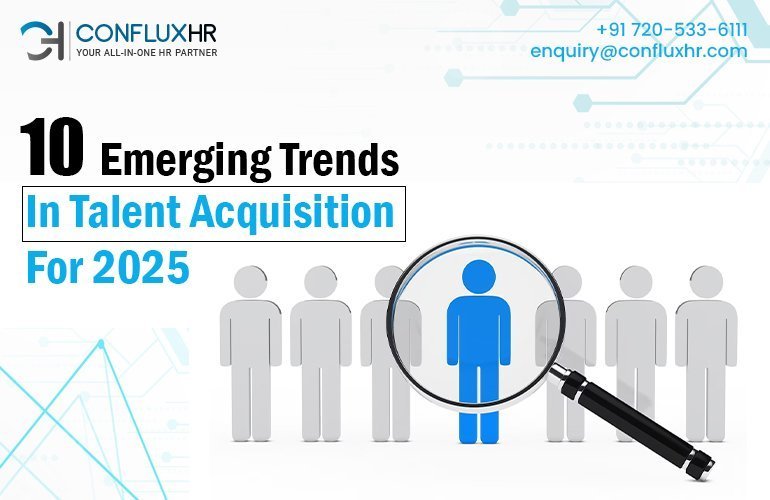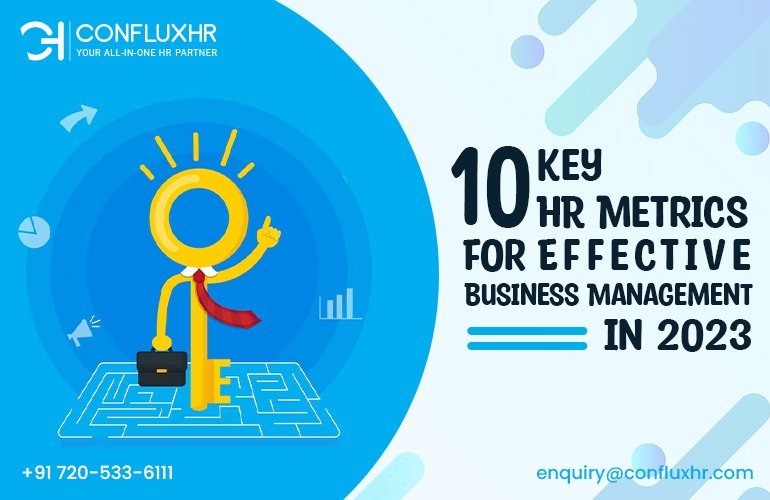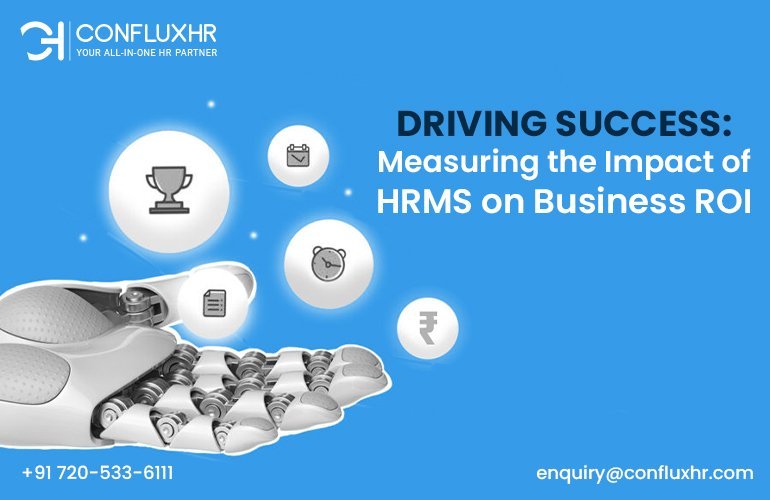As a logistics business owner or HR manager, you understand the critical importance of efficient workforce management. Effective shift scheduling and accurate attendance tracking are crucial elements that can make or break the smooth functioning of your operations.
In this blog post, we will dive deep into the world of logistics HR and explore the strategies and tools that can help you optimize shift scheduling and attendance tracking.
With the right approach and the support of ConfluxHR, you can streamline these processes, enhance productivity, and ensure a well-managed workforce.
Understanding the Challenges of Shift Scheduling in Logistics HR
Logistics operations often operate round-the-clock, with diverse work shifts and complex rotations. Managing these varying shifts while considering employee preferences, availability, and business requirements can be a daunting task.
Balancing the needs of your employees with the demands of your business operations can create scheduling conflicts and affect overall efficiency.
Benefits of Efficient Shift Scheduling
Implementing efficient shift scheduling practices brings numerous benefits to your logistics business. By optimizing shift scheduling, you can improve workforce productivity, enhance employee satisfaction, and allocate resources effectively.
A well-designed schedule that considers employee preferences and availability leads to a better work-life balance and reduces the chances of burnout or absenteeism.
Streamlining Shift Scheduling with ConfluxHR
ConfluxHR offers intuitive shift scheduling tools and a user-friendly interface to simplify the process. With automated scheduling based on predefined rules and employee availability, you can streamline the entire process and ensure fair and efficient shift allocation.
Real-time visibility of shifts, schedules, and workforce allocation allows you to make adjustments promptly and ensure optimal staffing levels at all times.
The Significance of Attendance Tracking in Logistics HR
Accurate attendance tracking is crucial for payroll management and compliance purposes. For logistics businesses with a large and diverse workforce, tracking employee attendance can be challenging.
Manual attendance tracking systems are prone to errors and can lead to inaccurate payroll calculations. Timely and accurate attendance tracking allows you to identify patterns, address attendance issues promptly, and maintain optimal staffing levels.
Leveraging ConfluxHR for Attendance Tracking
ConfluxHR provides a reliable and centralized attendance tracking system that eliminates the need for manual record-keeping.
You can integrate biometric devices or the mobile app with ConfluxHR to capture real-time attendance data, ensuring accuracy and timeliness. The system automates attendance calculations, simplifies payroll integration, and reduces administrative burdens.
Advanced Features for Effective Workforce Management
ConfluxHR goes beyond basic shift scheduling and attendance tracking. It offers advanced features that empower logistics HR managers to effectively manage their workforce.
Shift swapping and leave management capabilities allow employees to manage their schedules efficiently. Notifications and reminders for upcoming shifts and schedule changes ensure that employees stay informed and prepared.
Analytics and reporting functionalities provide valuable insights into attendance patterns, enabling you to identify trends and make data-driven decisions.
Conclusion
Optimizing shift scheduling and attendance tracking is a game-changer for logistics HR. By leveraging the power of ConfluxHR, you can simplify these processes, reduce manual effort, and ensure smooth operations.
With its user-friendly interface, advanced features, and real-time data insights, ConfluxHR empowers logistics businesses to achieve greater productivity, improve employee satisfaction, and drive operational excellence.
Book a demo with ConfluxHR today to witness how our comprehensive workforce management solution can transform your logistics HR practices and help you stay ahead in the competitive industry.
With ConfluxHR as your trusted partner, you can unlock the potential of efficient shift scheduling and accurate attendance tracking, paving the way for a well-managed and high-performing logistics workforce.













